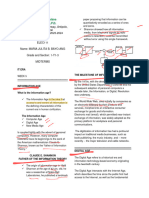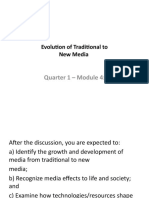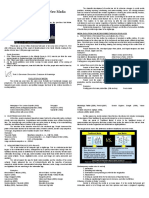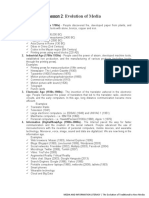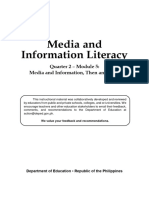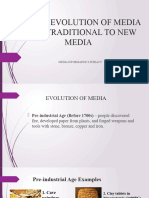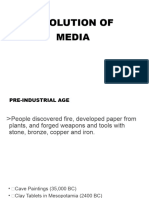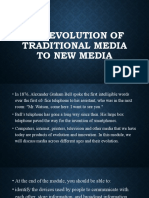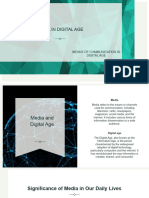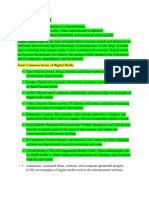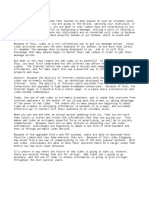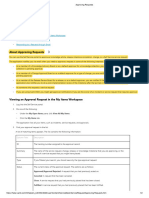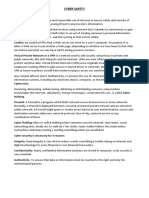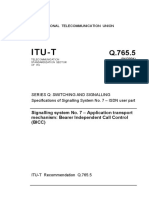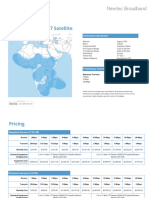0% found this document useful (0 votes)
55 views13 pagesITec 11 Written Report
The report discusses the evolution of technology and media through the Computer Age, Information Age, and Digital Age, highlighting their impacts on communication, work, and society. It emphasizes the transformation from traditional media to digital platforms, which has led to instant access to information and user-generated content, while also presenting challenges like misinformation and privacy concerns. The document concludes with a call for responsible media consumption as technology continues to advance.
Uploaded by
Gea AlexaCopyright
© © All Rights Reserved
We take content rights seriously. If you suspect this is your content, claim it here.
Available Formats
Download as PDF, TXT or read online on Scribd
0% found this document useful (0 votes)
55 views13 pagesITec 11 Written Report
The report discusses the evolution of technology and media through the Computer Age, Information Age, and Digital Age, highlighting their impacts on communication, work, and society. It emphasizes the transformation from traditional media to digital platforms, which has led to instant access to information and user-generated content, while also presenting challenges like misinformation and privacy concerns. The document concludes with a call for responsible media consumption as technology continues to advance.
Uploaded by
Gea AlexaCopyright
© © All Rights Reserved
We take content rights seriously. If you suspect this is your content, claim it here.
Available Formats
Download as PDF, TXT or read online on Scribd
/ 13

